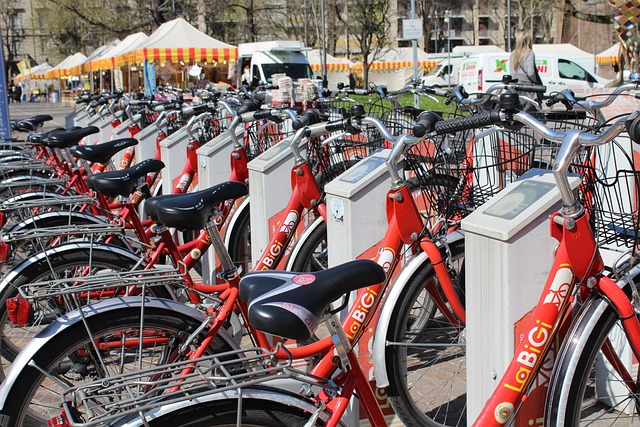Revolutionizing Rural Development: Intelligent Transportation Solutions Driving Sustainable Growth
In today’s world, where urban centers are bustling and constantly evolving, rural areas often lag behind in terms of infrastructure and accessibility. However, intelligent transportation solutions in rural development are emerging as powerful tools to bridge this gap, ensuring sustainable growth and enhancing the quality of life for rural communities.
Transport sustainability is no longer just a buzzword; it has become a necessity. Rural areas are uniquely positioned to benefit from innovative transportation methods, which can reduce environmental impact while improving accessibility. For instance, the integration of electric vehicles and renewable energy sources in these regions can dramatically decrease carbon emissions. By encouraging shared transportation options, such as ride-sharing or community shuttles, rural areas can also reduce congestion and make more efficient use of their resources.
Moreover, intelligent transportation solutions enhance connectivity, bringing rural residents closer to education, employment opportunities, and healthcare services. The implementation of smart traffic management systems can optimize routes for public transport, making it more reliable and user-friendly. For example, sensors and data analytics can help identify peak travel times, allowing for better scheduling and ultimately, increased ridership.
One of the key pillars of rural development lies in fostering local economies. By investing in intelligent transportation solutions, we can stimulate growth in sectors such as agriculture, tourism, and small businesses. Efficient transport systems enable farmers to access markets more easily, ensure timely delivery of goods, and allow consumers to enjoy local produce. Furthermore, better connectivity can attract tourists to rural areas, benefiting local businesses and promoting cultural exchange.
The future of rural development is interlinked with the advancement of technology. With the rise of autonomous vehicles and AI-driven logistics, rural areas have the potential to leapfrog traditional transportation methods. This forward-thinking approach not only creates jobs in the tech sector but also equips rural communities with the tools needed to adapt to changing economic landscapes.
Lastly, community involvement is crucial in the successful integration of intelligent transportation solutions in rural development. Engaging local populations in the planning and execution of transport initiatives ensures that their unique needs are met, fostering a sense of ownership and pride in their community. Collaborative efforts between government bodies, private sectors, and NGOs can create tailored solutions that resonate deeply with the everyday lives of rural residents.
In summary, intelligent transportation solutions have the power to revolutionize rural development by promoting sustainable transport practices, enhancing connectivity, stimulating local economies, and relying on community engagement. As we move forward, embracing these solutions will not only drive growth but will also create vibrant, resilient rural communities ready to thrive in the 21st century.




